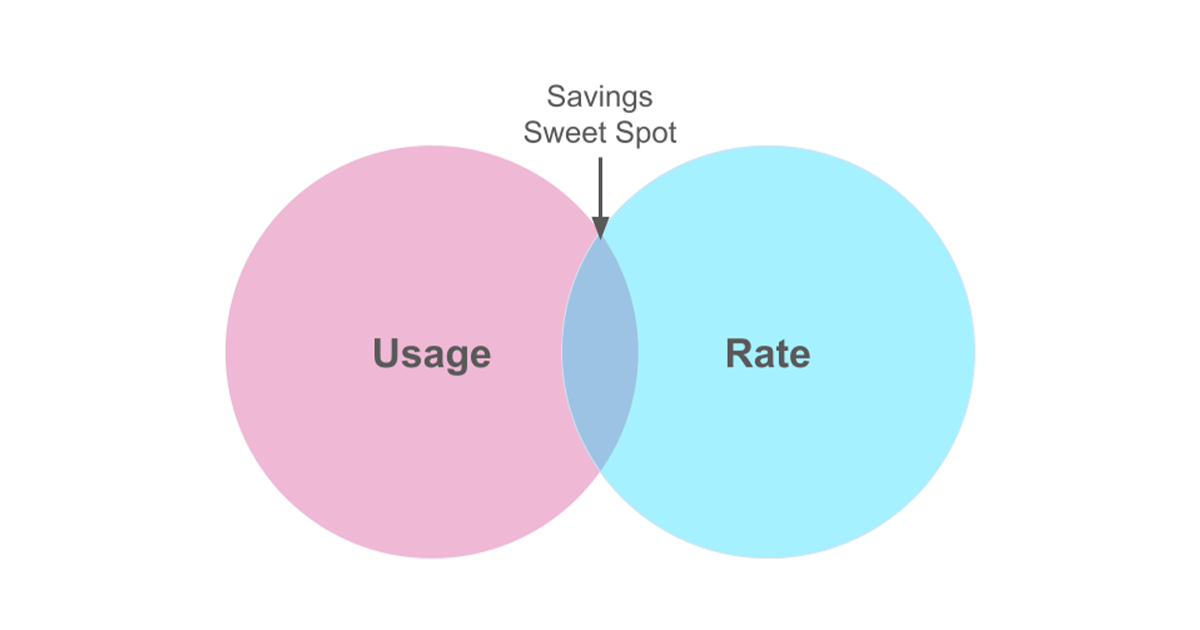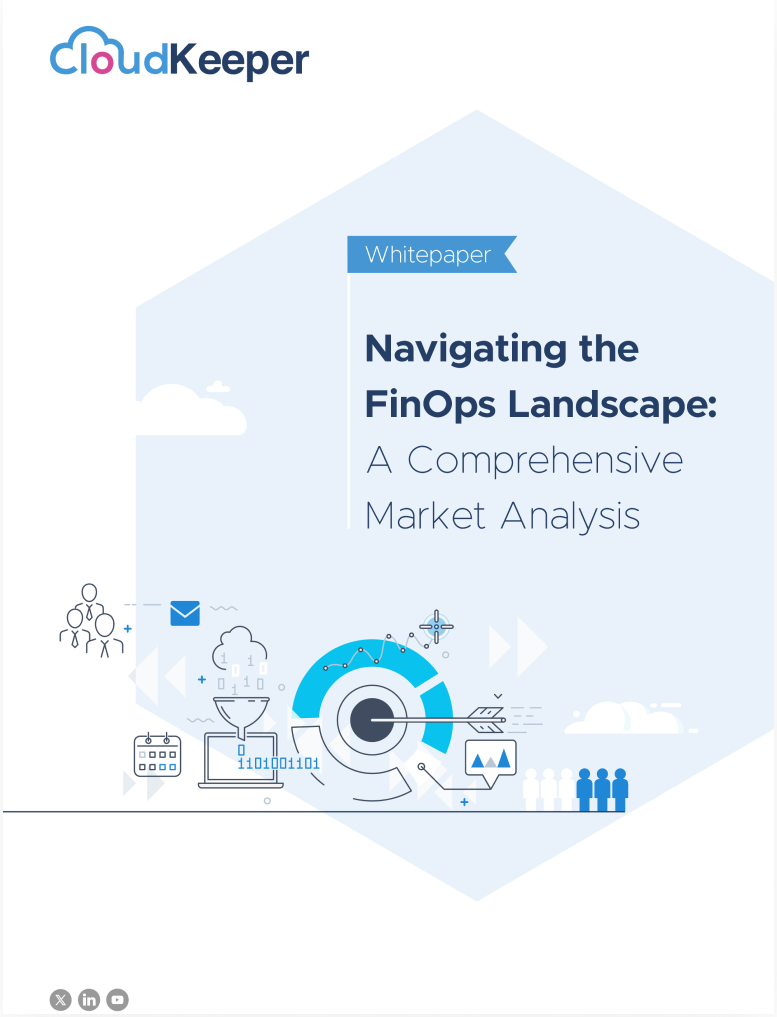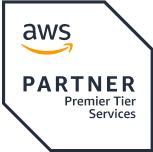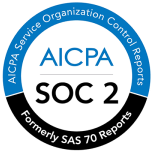With the many advantages of cloud computing come the challenges of managing costs effectively. Discovering the sweet spot for cloud cost savings is a bit like finding the perfect recipe. At its essence, it boils down to two key ingredients - First, understand your business's cloud consumption needs, and second, choose the right rate when buying from your cloud provider.
Although your consumption requirements may fluctuate as your business grows, there is always a considerable opportunity to fine-tune your cloud rates. This involves considering elements like reserved instances, commitment discounts, and savings plans provided by your cloud service provider. These factors hold significant potential to influence and reduce your overall cloud expenditure, providing a recipe for cost-effective and efficient cloud management. Cloud rate optimization, hence becomes crucial for ensuring that your organization maximizes the benefits of the cloud without overspending.

The Pitfalls of Ignoring Rate and Usage Balance
Without effective Cloud Rate Optimization, businesses face significant challenges:
- Budget Overruns: Exceeding budgetary limits can lead to unexpected expenses, impacting financial stability and strategic resource allocation.
- Inefficient Resource Utilization: Failure to optimize cloud rates results in over-provisioning or under-provisioning, causing unnecessary costs or performance issues.
- Limited Strategic Value: Neglecting optimization hinders businesses from maximizing strategic value, impacting operational excellence and ROI alignment with broader business objectives.
Prerequisites for Seamless Cloud Rate Optimization
Now that you recognize the critical importance of Cloud Rate optimization for your organization, to seamlessly align financial goals with business objectives, you must consider the following prerequisites as you work for cloud cost optimization:
- Start with a Clear Understanding of Your Cloud Usage: Begin your cloud rate optimization journey by gaining a comprehensive understanding of your cloud usage patterns. Analyze your current infrastructure, identify underutilized resources, and assess your application performance. This foundational step will provide insights into areas that need attention, allowing you to make informed decisions.
- Benchmarking and Comparative Analysis: Regularly benchmark your cloud usage against industry standards and perform comparative analysis. This helps you stay informed about the latest trends and technologies, ensuring your optimization strategies remain effective and competitive.
- Collaboration and Communication: Foster collaboration between IT, finance, and operations teams to align cloud strategies with broader business objectives. Maintain open communication to address any changes in requirements or priorities that may impact optimization efforts.
- Flexibility and Scalability: Prioritize cloud solutions that offer flexibility and scalability. Choose services that allow adjustments based on fluctuating workloads, ensuring your infrastructure can seamlessly adapt to changing demands while optimizing costs.
- Utilize Automation Tools: Leverage automation tools to streamline the optimization process. Automation not only saves time but also enhances accuracy in resource allocation, making it easier to implement changes swiftly and efficiently. Explore solutions that align with your specific cloud management needs.
Potential Cost Savings and Key Strategies
The achievable cost savings through Cloud Rate Optimization depend on factors such as business size, nature, specific cloud services, and the effectiveness of optimization strategies. Businesses commonly report savings as high as 25% of their entire cloud spend after implementing robust optimization strategies.
Key Strategies for Cloud Rate Optimization:
- Right-sizing Resources: Make sure you choose the appropriate instance types and sizes based on your actual workload needs. By aligning your resources with actual requirements, you prevent over-provisioning, ensuring that you only pay for the computing power and storage you truly need. Regularly review and adjust resource configurations to match evolving workload demands.
- Utilize Reserved Instances or commitment Plans: Reserved Instances or Reserved Virtual Machine Instances offer a cost-effective solution for workloads with predictable usage patterns. By committing to a specific instance type and term, businesses can achieve significant cloud cost savings compared to On-Demand Instances. Evaluate your long-term needs and strategically allocate resources using RIs to secure favorable pricing. Commitment Plans, on the other hand, provide flexibility and cost savings by allowing you to commit to a consistent amount of usage (measured in $/hr) for a 1 or 3-year period. Unlike RIs, Savings Plans offer flexibility in terms of instance type, family, and operating system while simultaneously offering a lower cloud rate enabling you to optimize your cost efficiently.
- Implement Auto-scaling Policies: Auto-scaling allows your infrastructure to dynamically adjust to changing demand. During peak usage, additional resources are automatically provisioned, ensuring optimal performance. Similarly, during periods of lower demand, excess resources are scaled down, preventing unnecessary costs. Using auto-scaling you can keep your cloud rates low by being responsive to varying workloads.
- Leverage Spot Instances for Non-Critical Workloads: For workloads that can tolerate interruptions, consider using spot instances. Spot instances allow you to take advantage of spare capacity at a significantly lower cost compared to on-demand instances. While not suitable for all scenarios, incorporating spot instances can yield substantial savings for certain non-critical workloads.
- Optimize Data Transfer Costs: Minimize data transfer costs by strategically placing resources in regions that align with your user base. Additionally, explore content delivery network (CDN) options to cache and deliver content closer to end-users, reducing the need for data transfer across regions.
- Optimize Data Storage: Efficient data storage management is integral to cloud cost optimization. Evaluate your data storage needs and choose appropriate storage classes based on access frequency. Consider archiving infrequently accessed data to lower-cost storage options, thereby reducing overall storage costs.
- Regularly Review and Delete Unused Resources: Frequently review your cloud environment and identify unused or obsolete resources. Whether it's unattached storage volumes, idle virtual machines, or outdated snapshots, removing these redundant elements can contribute significantly to cloud cost optimization. Implementing a regular cleanup routine ensures that you only pay for resources that actively contribute to your operations.
- Monitor and Analyze Your Costs Continuously: Establish a robust cloud cost monitoring strategy to keep track of your expenses in real time. Leverage cloud provider tools or third-party like CloudKeeper Lens solutions to gain insights into your spending patterns. Regularly analyze cost reports and identify trends, enabling proactive decision-making to optimize ongoing and future expenses.
- Educate Your Team on Cost Awareness: Promote a culture of cloud cost awareness within your organization. Provide training and resources to your team members to make informed decisions regarding resource utilization. Encourage the adoption of best practices for cloud cost optimization, making it a collective effort.
- Third-Party FinOps Solutions: Leverage FinOps solutions like CloudKeeper that offer instant and guaranteed cloud cost savings on your entire cloud bill. With up to 25% in savings, CloudKeeper streamlines the cloud cost optimization process, providing a reliable and hands-on solution.
- Seamless Process: Initiate a straightforward billing change to CloudKeeper, and a dedicated team of certified FinOps experts takes charge of optimizing your cloud rates.
- Maximum Efficiency: CloudKeeper ensures maximum efficiency and cost-effectiveness, simplifying your cloud cost optimization process. Its capabilities in Rate Optimization has been validated by leading analyst firms.
Effective cloud rate optimization involves a combination of strategic planning, continuous monitoring, and informed decision-making. As you embark on the cloud rate optimization journey, focus on strategically maximizing the value derived from cloud investments.
This guide not only provides the recipe for cloud cost reduction but also emphasizes enhancing operational efficiency, fostering continuous improvement, and aligning cloud strategies with broader business objectives. By applying these strategies, your organization will be able to confidently navigate the dynamic landscape of cloud expenditure for a future-proofed, cost-effective cloud infrastructure.
Schedule a free demo today if you need assistance with the process of cloud rate optimization or would like to learn more about how CloudKeeper can help.








